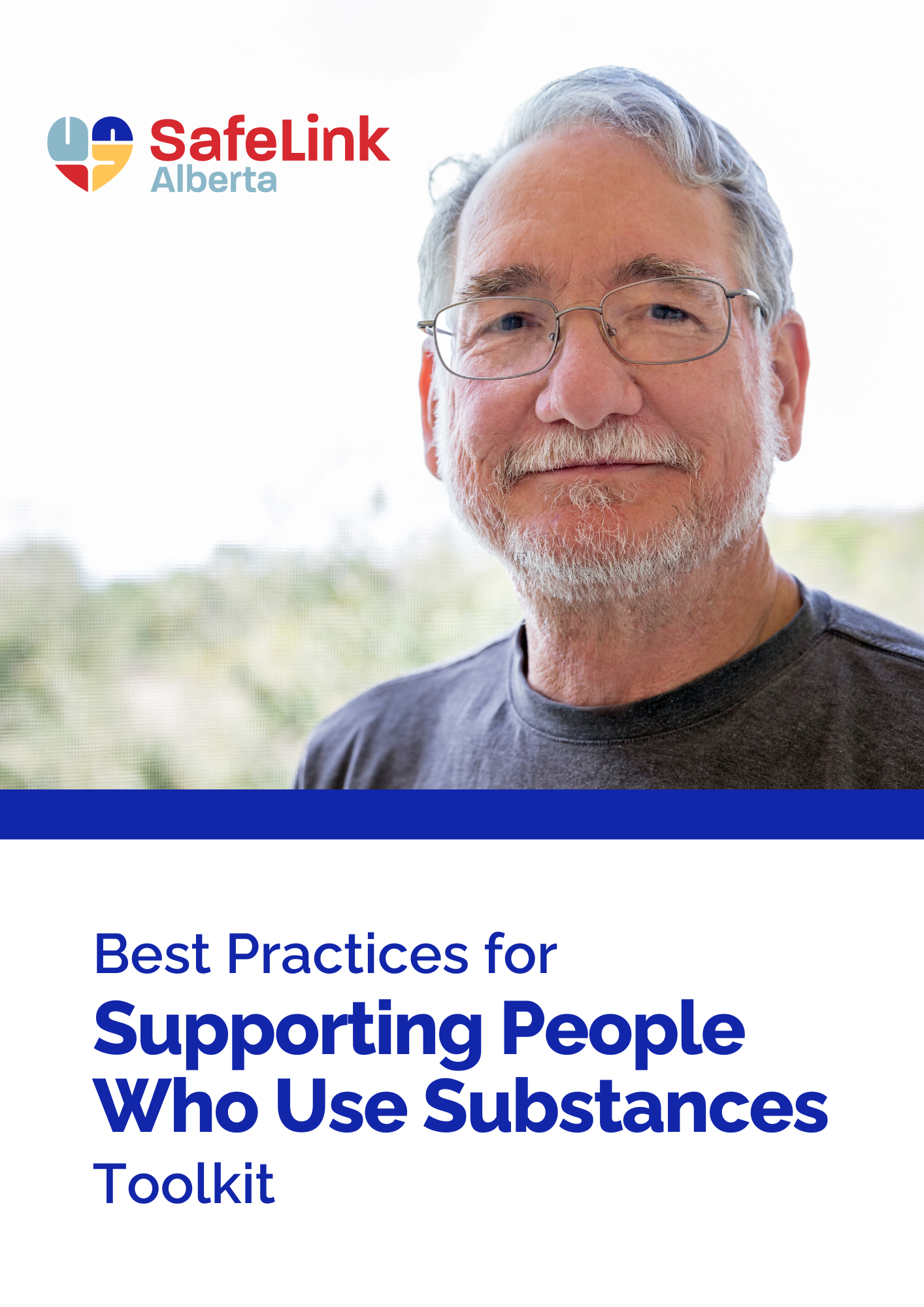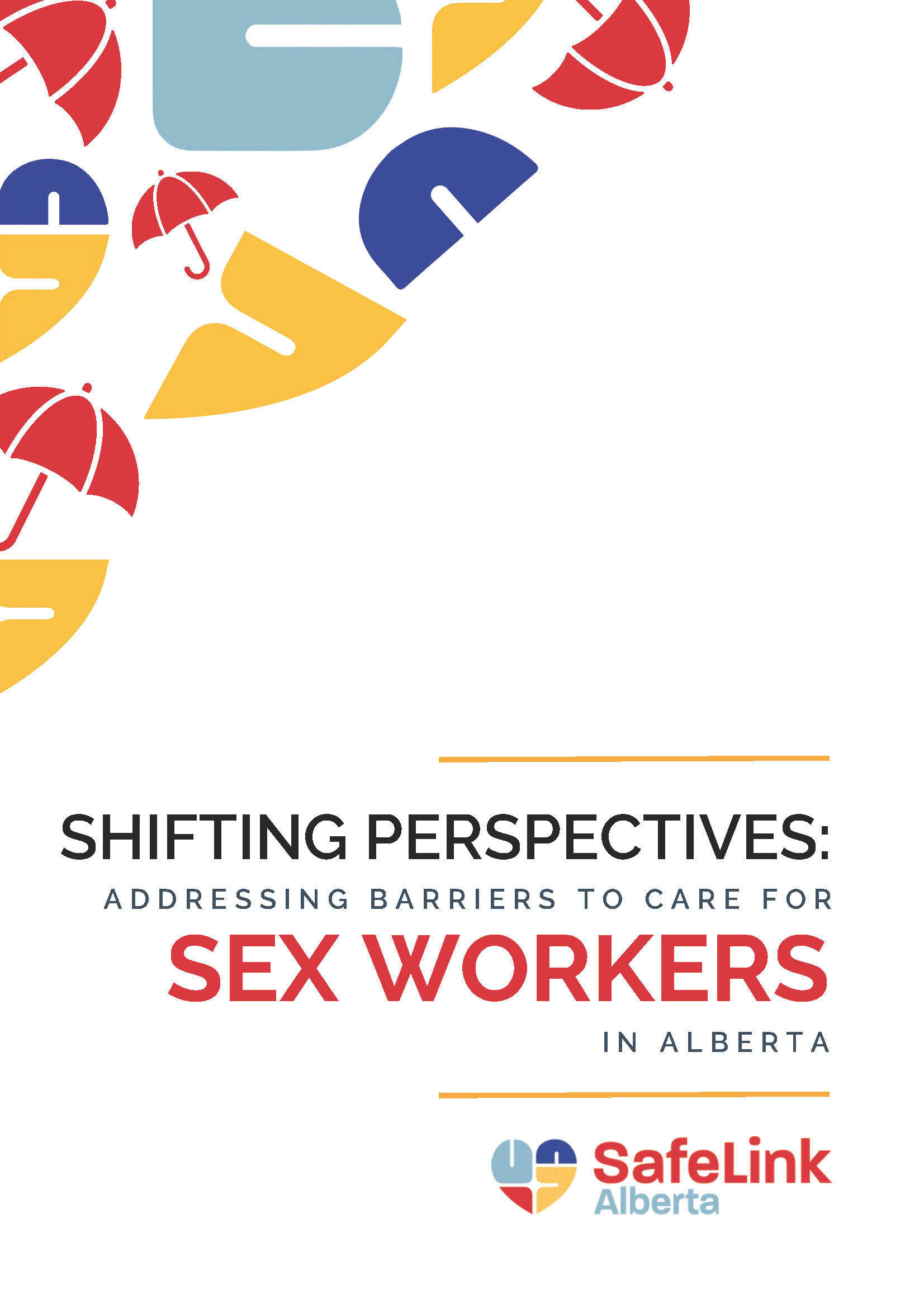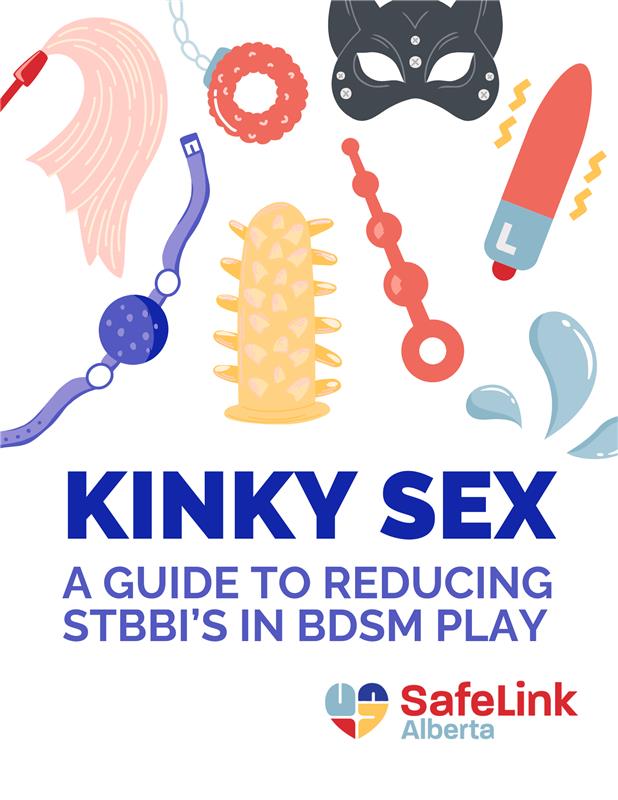Toolkits and Guides

Drawing on best practices, current literature, and insights from people with lived and living experience, service providers, and other industry experts, SafeLink Alberta’s toolkits and guides blend together diverse perspectives to challenge status quo, enhance safety within health and social services, and increase personal knowledge. We hope you find value within these tools, and we welcome you to connect with us at [email protected] if you’d like more information or additional ideas on how you can adapt these practices to make them your own.

Best Practices for Supporting People who use Substances
Looking for ways to bridge the gap between theory and practice when it comes to supporting people who use substances? SafeLink Alberta has you covered!
Through extensive consultation and our own implementation journey, SafeLink Alberta crafted a practical guide that combines literature with real-life experiences to provide information, actionable ideas, and lessons learned. Whether you're a frontline worker or an organization seeking to improve your approach, our Best Practices for Supporting People Who Use Substances toolkit offers insights and strategies to support you in identifying and overcoming barriers to care for people who use substances.
Date of Publication: March 2023

Shifting Perspectives: Addressing Barriers to Care for Sex Workers in Alberta
The service needs of sex workers are too often misunderstood or conflated with approaches and interventions designed for those being exploited or trafficked. Rooted in evidence and trauma-informed care, SafeLink Alberta’s Shifting Perspectives: Addressing Barriers to Care for Sex Workers in Alberta dives deep into the reality of sex work and sex worker’s needs in Alberta to counter misinformation and stigma at a personal, social, and systemic level.
Amplifying voices within the local sex work community, this unapologetic resource offers health and social service providers insights into seeing sex workers as people within their chosen profession and strategies to establish trust and improve quality of service. At its core, this toolkit aims to shift your perspective away from harmful assumptions and to provide a path toward equitable care.
Date of Publication: January 2024

Party N' Play: Sex, Substance Use, and Safety
Party n’ Play, (PnP) or chemsex, refers to the use of substances to enhance sexual experiences. It involves a variety of motivations and experiences embedded within a complex Pn’P culture.
Pn’P is widely misunderstood and highly stigmatized with individuals rarely finding spaces that offer dedicated support when needed.
This introductory resource explores the experiences of people with lived and living experience, identifies gaps in knowledge and resources, and provides critical information to assist service providers seeking to increase the quality and cultural competency of care.
Date of Publication: March 2024

Kinky Sex: A Guide to Reducing STBBIs in BDSM Play
With rising rates of sexually transmitted and blood-borne infections (STBBIs), including HIV and syphilis, in Alberta and Canada, understanding prevention is more critical than ever. This toolkit addresses a unique gap by providing practical, evidence-based guidance on STBBI risks and safer sex practices specifically related to BDSM activities.
While BDSM practitioners often overlap with key populations identified as at higher risk—such as gay, bi, and other men who have sex with men (gbMSM), transgender individuals, and sex workers—this grouping can sometimes lead to misunderstandings and inadequate care. This resource highlights the specific risks tied to BDSM play and offers actionable strategies for prevention, tailored to individuals of all genders and sexualities.
Whether you are a BDSM practitioner, a health professional, or an educator, this guide is designed to increase awareness and support informed, safer engagement in BDSM practices.
Thank You
SafeLink Alberta would like to acknowledge the contributions of people with lived and living experience who supported the development and publication of these resources as employees, advisory committee members, and community members. Your labour, knowledge, and feedback are invaluable to us.
Feedback
We welcome feedback on our publications. Please email [email protected] with any comments or feedback.
If you would like to leave an anonymous comment please do here.
